In the midst of strategizing, we decide the outcome from a thousand miles away. Hello everyone, I am Lin Chao, a global financial market observer, focusing on cryptocurrency market analysis, bringing you the most in-depth trading information analysis and technical teaching.

Today, it is difficult for people to see how financiers are playing the game in this world. Nowadays, the global economy and finance are no longer the fields of benefiting the people as one might imagine. The stage of credit capital is filled with various "games." Yesterday, Lin Chao talked about the economic impact of the U.S. debt transfer during this global debt restructuring, and the core logic of why U.S. debt will not collapse (see Lin Chao's article published on July 2). Some fans with a basic understanding of finance may feel that U.S. debt can expand infinitely because it is backed by its powerful military. If it can solve problems by printing unlimited money, then other countries can choose not to participate in the new round of financial order led by the U.S. But if there is no strong military background, can one still play this game? Yes.
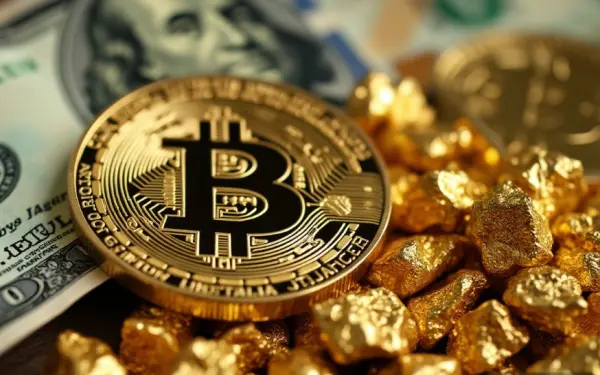
Do you want to know how non-hegemonic countries play the financial game? They manage both debt and finance, meaning both currency and debt are being issued. Today, let's take a look at Europe and Japan. Japan does not have the same level of hegemony as the U.S.; it is merely a subordinate of U.S. strategy. The U.S. needs Japan as a strategic partner to regulate the situation in Asia, thus maintaining a close strategic alliance with the U.S. This is well known. So how does Japan play the financial game? The Americans implement QE (Quantitative Easing), which is a core economic policy of the U.S. They have conducted three rounds, injecting a large amount of liquidity into the market. Prices of raw materials, energy, and food have all risen. This rise has led to global inflation, and the U.S. has successfully transferred its costs through issuing debt. This is called institutional cost transfer in finance.
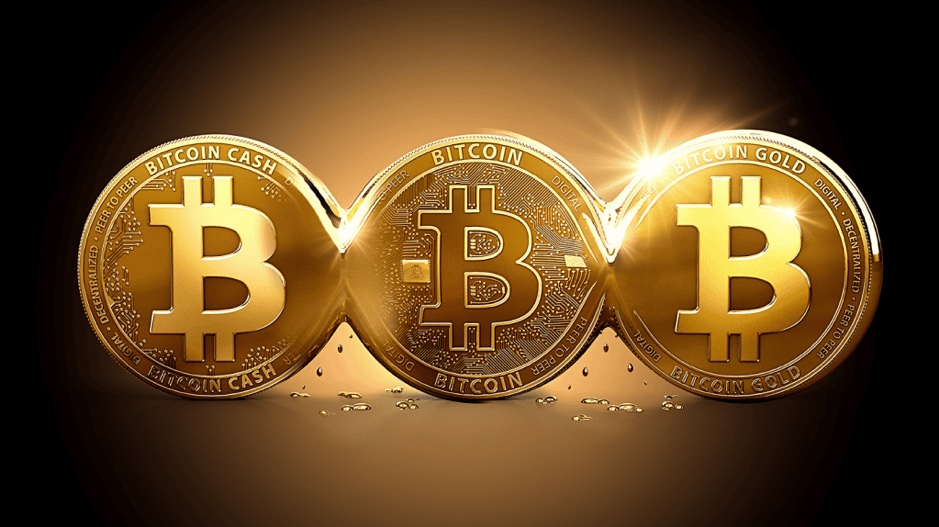
Next, the European Union, as a close strategic ally of the U.S., began its own version of quantitative easing before the U.S. completed its QE, also massively increasing the money supply. The EU faced a severe debt crisis; if it did not allow for increased money issuance to buy its debt, the EU would collapse. Most developed countries in the West maintain their development through high debt. We saw that the financial sector's debt in developed Western countries had already reached 550 trillion dollars by July 2016. Thus, after the U.S. implemented QE, the EU followed suit. The world is now filled with a large amount of newly issued currency, and the traditional financial reservoir has little space left.
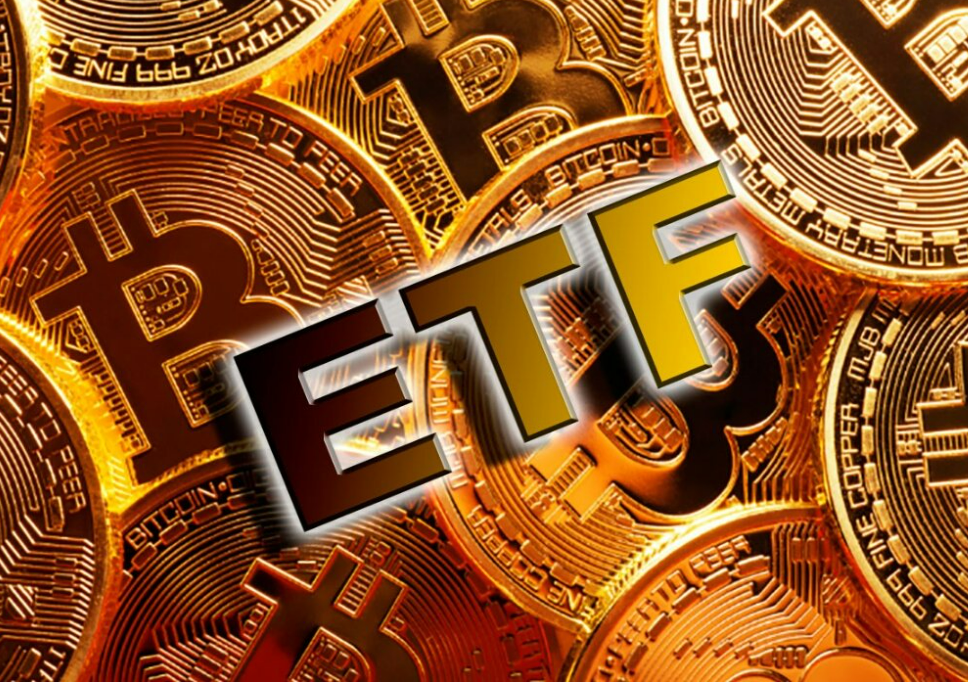
Then the Japanese also got involved, leading to "Abenomics." Interested friends can read relevant materials themselves; Lin Chao will not elaborate here. It is hard to imagine why Abe has received such high support in Japan until now. The Japanese industrial and investment sectors are quite concerned about Abe. So what specific strategies does Japan have for its quantitative easing measures?
Japan's version of quantitative easing is similar; it also aims to increase the money supply. But what is the purpose of increasing the money supply? To buy Japanese bank bonds. Using Japanese currency to buy Japanese bank bonds effectively raises the price of these bonds, and once there is a price, it is assigned value. Then, by massively increasing the money supply and buying bank bonds, Japan gradually turns its bank bonds into high-priced bonds. Japan then invests its high-quality bonds into economically marginal countries, such as Vietnam or Thailand. Japan invests in car manufacturing plants in Vietnam and motorcycle manufacturing plants in Thailand, among others.
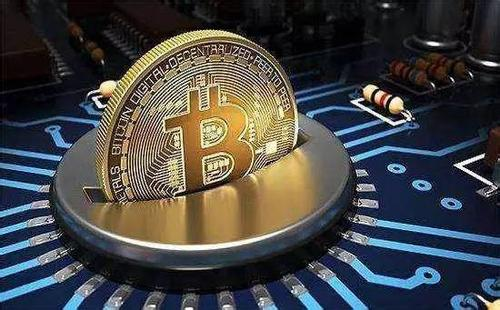
Then, Japanese bank bonds are given to banks in Thailand or Vietnam as collateral for the increased money supply. These countries use the bank bonds provided by Japan as the basis for issuing their local currency. For every billion yen of bank bonds Japan provides, these countries correspondingly issue a billion Vietnamese dong or Thai baht. The newly issued local currency is then directed to Japanese-funded enterprises building factories in Vietnam and Thailand. These Japanese investments in various factories in Thailand and Vietnam suddenly receive a large amount of local currency investment. They can then use this to advertise, capture market share, and open various 4S stores, specialty stores, and repair shops, forming a complete closed loop and establishing a strategic layout in these countries to control the market.

Thus, after the introduction of Japan's version of quantitative easing, it quickly became the world's largest overseas investor. Japanese companies rapidly expanded overseas, capturing a vast market and creating a favorable development outlook for Japanese enterprises. The strategic arrangements made by Japan in these matters may be unimaginable to many. Japan is a relatively narrow island nation surrounded by sea, and its development conditions are limited. Its entire overseas investment strategy has made Japan the world's largest overseas investor.
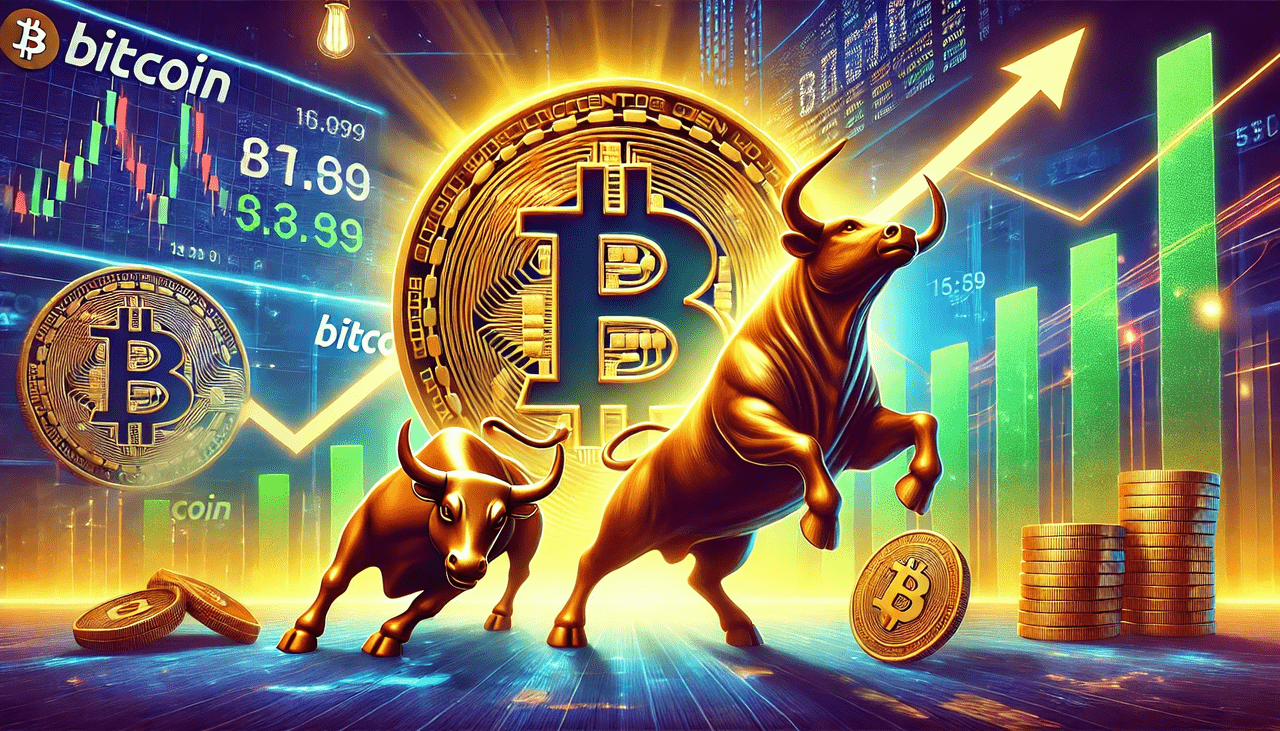
People now say that Japan's GDP is almost zero growth. However, it is important to understand that GDP measures the value added generated in domestic transactions and does not account for overseas activities. Therefore, Japan has now become a country where overseas earnings far exceed domestic GDP. Consider this: the story of Japan's economy that Lin Chao just shared is quite shocking and is something that is often hard to find in various knowledge inputs. Studying economic issues requires understanding the economic policies of different countries. If you only listen to mainstream media and so-called analysis masters, they will tell you that since the economic collapse in the 1990s, Japan has been in a state of nearly zero growth for 26 consecutive years, thus being referred to as the "lost two decades" by the world.
Has it really lost? No. So-called macroeconomics has never been viewed through a single anchor point, just as one cannot judge a country's development solely by GDP. Domestic GDP measures the value added generated in domestic transactions, excluding overseas activities. However, Japan has been making large-scale overseas investments in recent years, expanding abroad and forming strategic control in overseas economic fields. This portion of earnings is what ultimately supports the core of the Japanese economy. Thus, Japan is a country where overseas earnings far exceed domestic earnings.
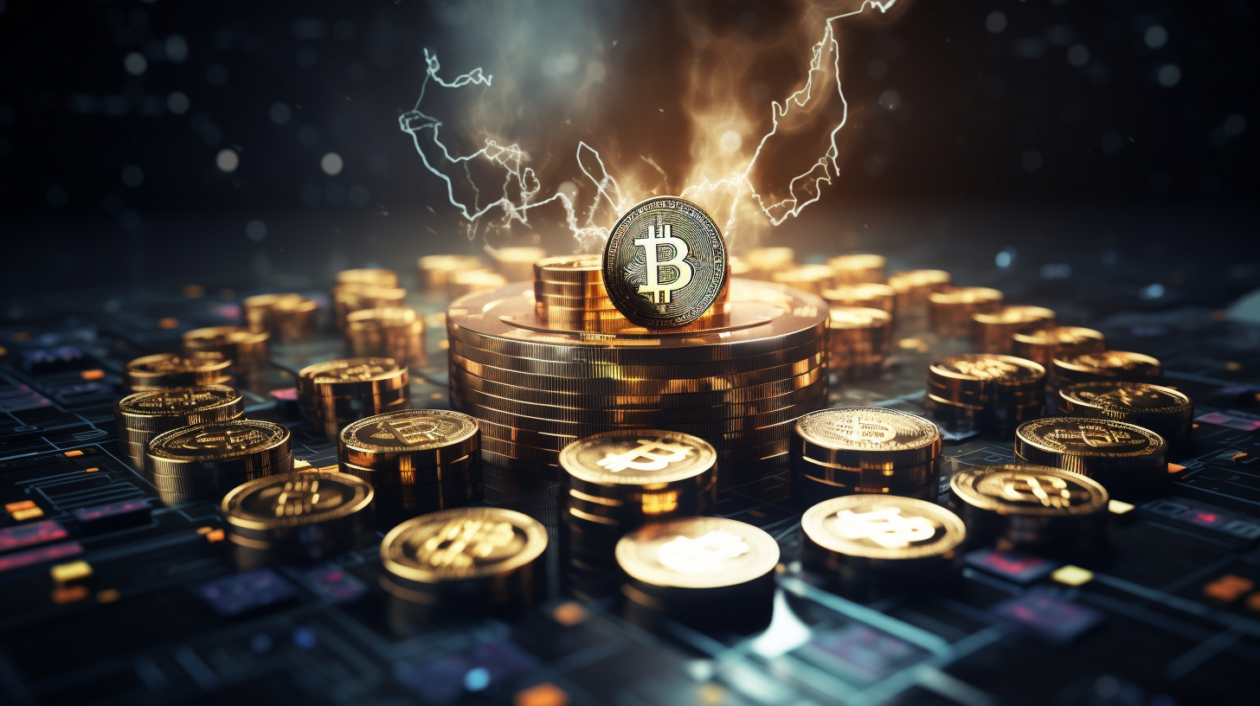
Lin Chao's Summary
Japan's version of quantitative easing, the EU's version of quantitative easing, and the U.S. version of quantitative easing are all different from each other. However, there is no doubt that regardless of how different the quantitative easing measures are between regions and countries, these infinitely convertible debts require new sources; traditional methods have already reached their limits. The emergence of the cryptocurrency market perfectly addresses the needs of various countries. New debt, new patterns, new markets. Therefore, the cryptocurrency market is seen as a new reservoir for the world economy and will certainly welcome a significant increase in overall market value.

In the era of financial capital, these specific practices are backed by a lot of context. Just like returning to our cryptocurrency trading itself, you should have encountered many so-called analysts and financial scholars. They talk about K-lines, market trends, fundamentals, and market sentiment. Are these important? Yes. But is that enough? No. Finance itself is an industry that chases the liquidity of wealth, especially in the cryptocurrency market, which is a global financial market that requires even more reference conditions. One cannot make judgments based solely on a single focus or a few combined viewpoints. If you do not have a sufficient macro understanding of the overall world economy, it is very difficult to make significant profits just by understanding a few K-line trends.
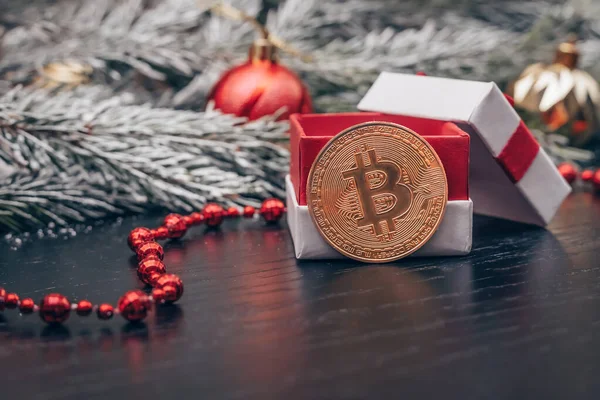
In yesterday's article, Lin Chao also mentioned that if you can clearly identify the trading logic of the market, then Lin Chao believes that these years should be a time for everyone to make significant profits. Because there will be many macro fluctuations from top to bottom, and the macro environment will become different from before. If you do not yet have enough confidence in understanding the world economy and how to combine the current market conditions to judge trends, you can also message Lin Chao for discussion and learning. At this moment of great change in the world, Lin Chao wishes everyone success in making significant profits.
The global market is ever-changing, and the world is a whole. Follow Lin Chao to gain a top-tier global financial perspective.

For real-time consultation, feel free to follow the public account: Lin Chao on Cryptocurrency.
免责声明:本文章仅代表作者个人观点,不代表本平台的立场和观点。本文章仅供信息分享,不构成对任何人的任何投资建议。用户与作者之间的任何争议,与本平台无关。如网页中刊载的文章或图片涉及侵权,请提供相关的权利证明和身份证明发送邮件到support@aicoin.com,本平台相关工作人员将会进行核查。




